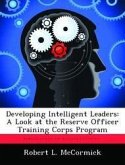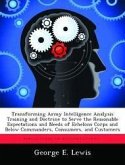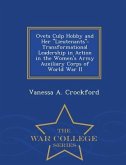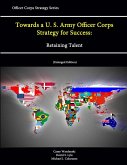The United States Army is continually looking for ways to improve the training of its leaders. FM 22-100, Army Leadership: Be, Know, Do (1999), provides the foundation for the Army's leadership training. Its goal is to train leaders who can both accomplish the mission and take care of soldiers and their families. This project investigates how individuals' leadership opinions may vary according to their year in the Reserve Officer Training Corps program and also compared to non-ROTC students of similar academic standing. Does the leadership training implemented in ROTC effect change in leadership opinions from the MS III (junior) to the MSIV (senior) cadets and do these opinions coincide with the Army's desires? Do the opinions stated by ROTC cadets differ from non-ROTC students? And finally, do these opinions differ by university attended? The leadership behaviors being investigated are those defined by Fleishman (1953, 1957): consideration and initiating structure. These leadership behaviors mirror the Army's Mission First, People Always motto. Taking care of soldiers and their families is consideration, while accomplishing the mission is initiating structure. The Leadership Opinion Questionnaire developed by Fleishman (1953), contains 40 questions (20 consideration, 20 initiating structure) measuring both elements. Both elements are independent, which means a leader can have varying levels of each (Fleishman, 1989).
Hinweis: Dieser Artikel kann nur an eine deutsche Lieferadresse ausgeliefert werden.
Hinweis: Dieser Artikel kann nur an eine deutsche Lieferadresse ausgeliefert werden.







![Talent: Implications for A U.S. Army Officer Corps Strategy [Enlarged Edition] Talent: Implications for A U.S. Army Officer Corps Strategy [Enlarged Edition]](https://bilder.buecher.de/produkte/40/40697/40697177m.jpg)
